Building a Basic CRUD Application with Cycle.js: A Comprehensive Guide
This guide will walk you through constructing a full-featured CRUD (create, read, update, and delete) application using Cycle.js.
In this tutorial, you'll configure a Back4app project titled Basic-CRUD-App-CycleJS which will serve as a robust backend for your application.
You'll learn to design a scalable data model, manage your data via the intuitive Back4app Admin App, and integrate your Cycle.js frontend with Back4app using REST/GraphQL calls.
By the end, you'll have a production-ready web app capable of executing CRUD operations along with user authentication and secure data handling.
- Build a functional CRUD system with a reliable backend.
- Gain practical experience in architecting a scalable data model.
- Utilize a drag-and-drop admin tool for seamless data management.
- Integrate a Cycle.js frontend with Back4app through REST/GraphQL.
- Learn deployment strategies including Docker containerization.
Before you begin, ensure you have:
- A Back4app account with an active project. If you need assistance, check out Getting Started with Back4app.
- A Cycle.js development setup. Use tools like create-cycle-app and ensure Node.js (version 14 or later) is installed.
- Familiarity with JavaScript, Cycle.js, and REST APIs. For a refresher, consult the Cycle.js documentation.
- Sign in to your Back4app account.
- Press the “New App” button on your dashboard.
- Assign the project name: Basic-CRUD-App-CycleJS and follow the setup prompts.
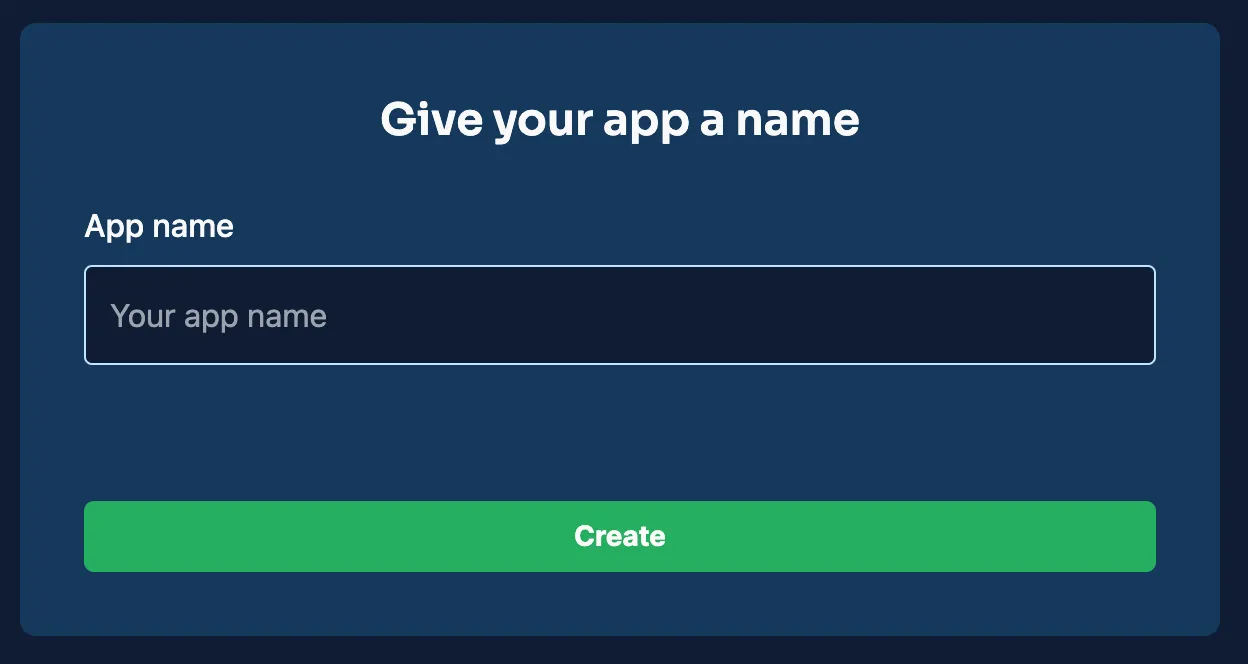
After creation, your project will be visible on the dashboard, ready for backend configuration and management.
For this CRUD application, you'll create several collections to manage your data. Below are example collections with essential fields and data types.
This collection will store the details of each item.
Field | Data Type | Description |
|---|---|---|
_id | ObjectId | Auto-generated unique identifier. |
title | String | The item’s title. |
description | String | A brief summary of the item. |
created_at | Date | The timestamp for when the item was added. |
updated_at | Date | The timestamp for the latest update. |
This collection handles user details and authentication.
Field | Data Type | Description |
|---|---|---|
_id | ObjectId | Auto-generated unique identifier. |
username | String | The user’s unique identifier. |
String | The user’s email address. | |
password_hash | String | Encrypted password for secure authentication. |
created_at | Date | Account creation timestamp. |
updated_at | Date | Timestamp for the most recent update. |
You can define these collections manually via the Back4app dashboard by creating new classes and configuring the corresponding fields.
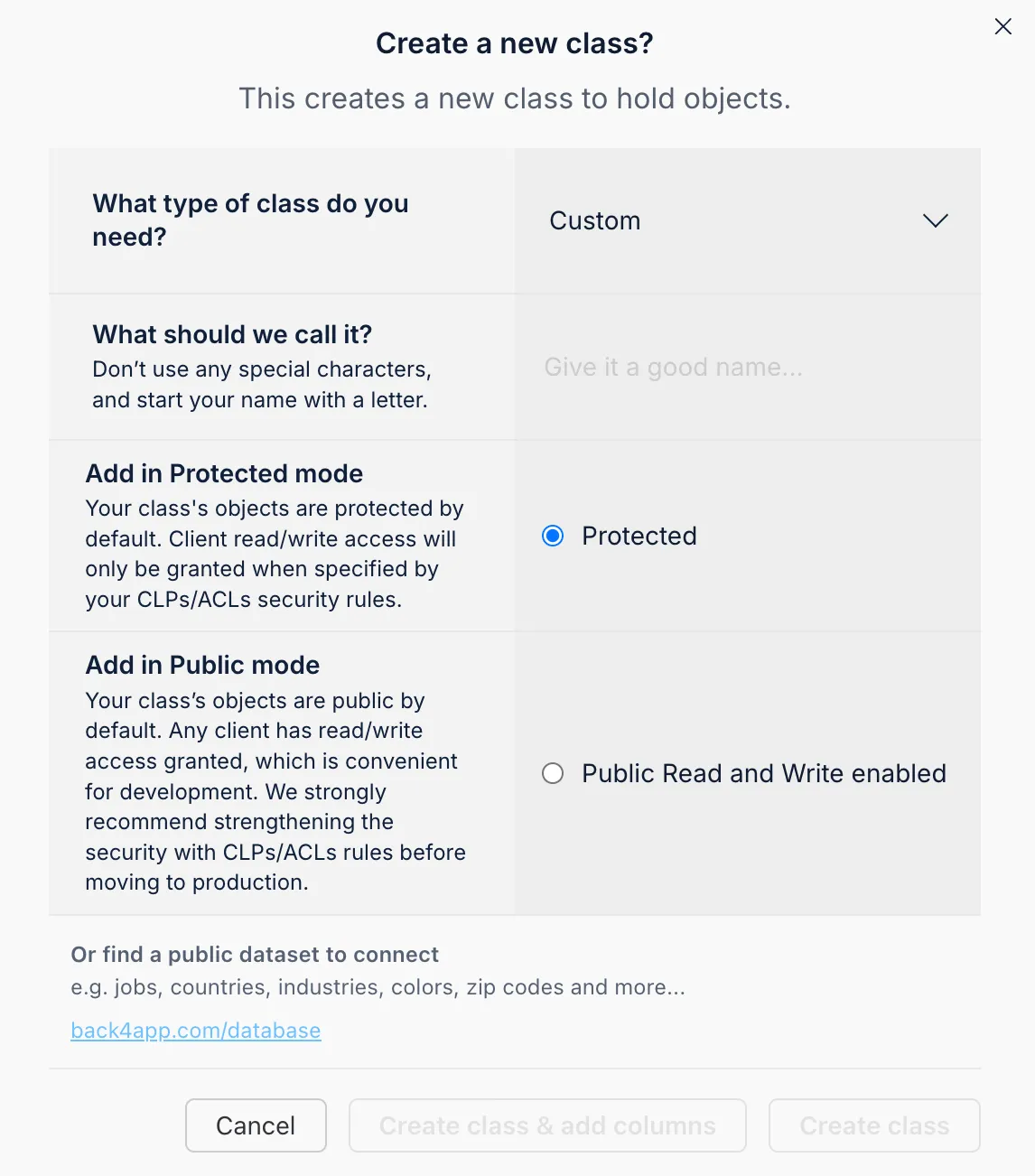
To add fields, choose the data type, provide a field name, optionally set a default value, and mark the field as required if needed.
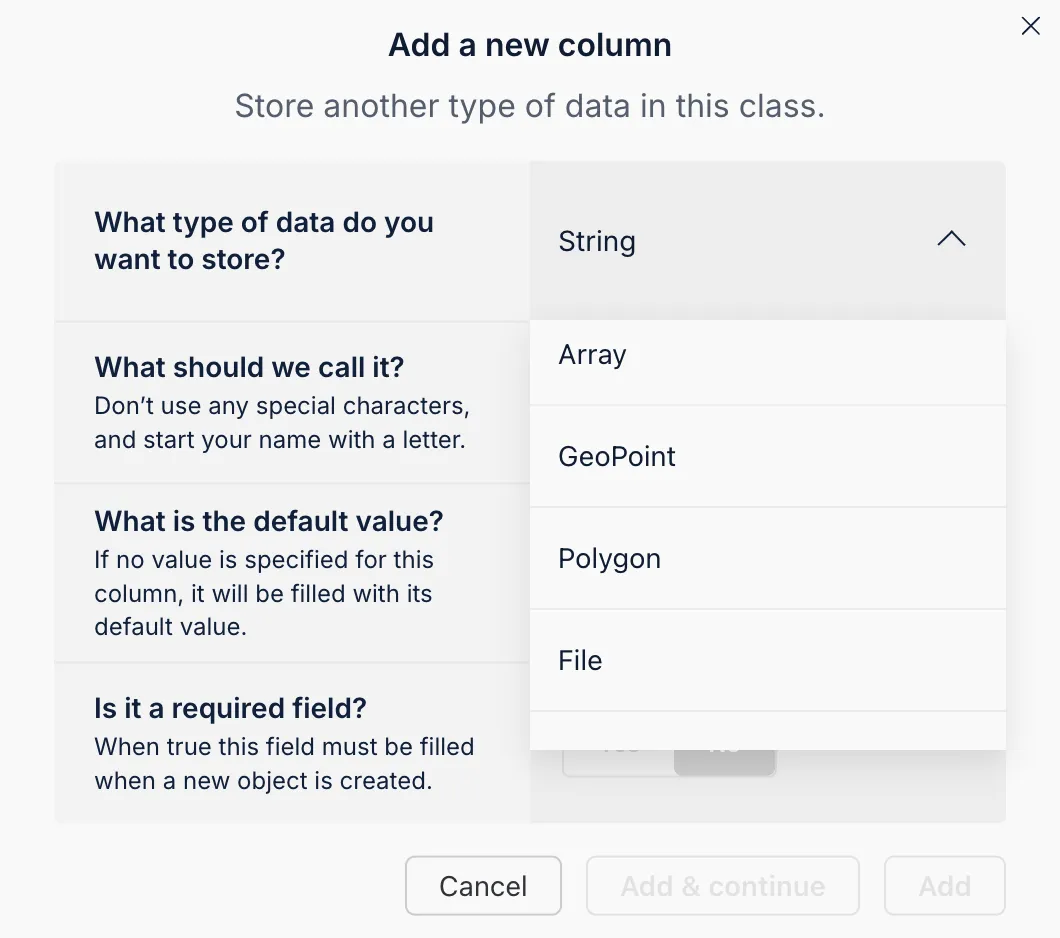
The Back4app AI Agent simplifies schema creation by automatically generating your data model based on a provided prompt. This ensures a consistent and efficient database design.
- Access the AI Agent: Log into your Back4app dashboard and select the AI Agent from the menu or project settings.
- Detail Your Data Requirements: Input a comprehensive prompt that lists the necessary collections and their fields.
- Review and Implement: Examine the auto-generated schema and apply it to your project.
This feature not only saves time but also ensures a well-structured and optimized schema.
The Back4app Admin App provides a no-code, drag-and-drop interface for effortless backend data management. It streamlines CRUD operations for your collections.
- Open the “More” menu in your Back4app dashboard.
- Select “Admin App” and then click on “Enable Admin App.”
- Set up your admin credentials by creating your first admin user. This action will also initialize system roles (e.g., B4aAdminUser).
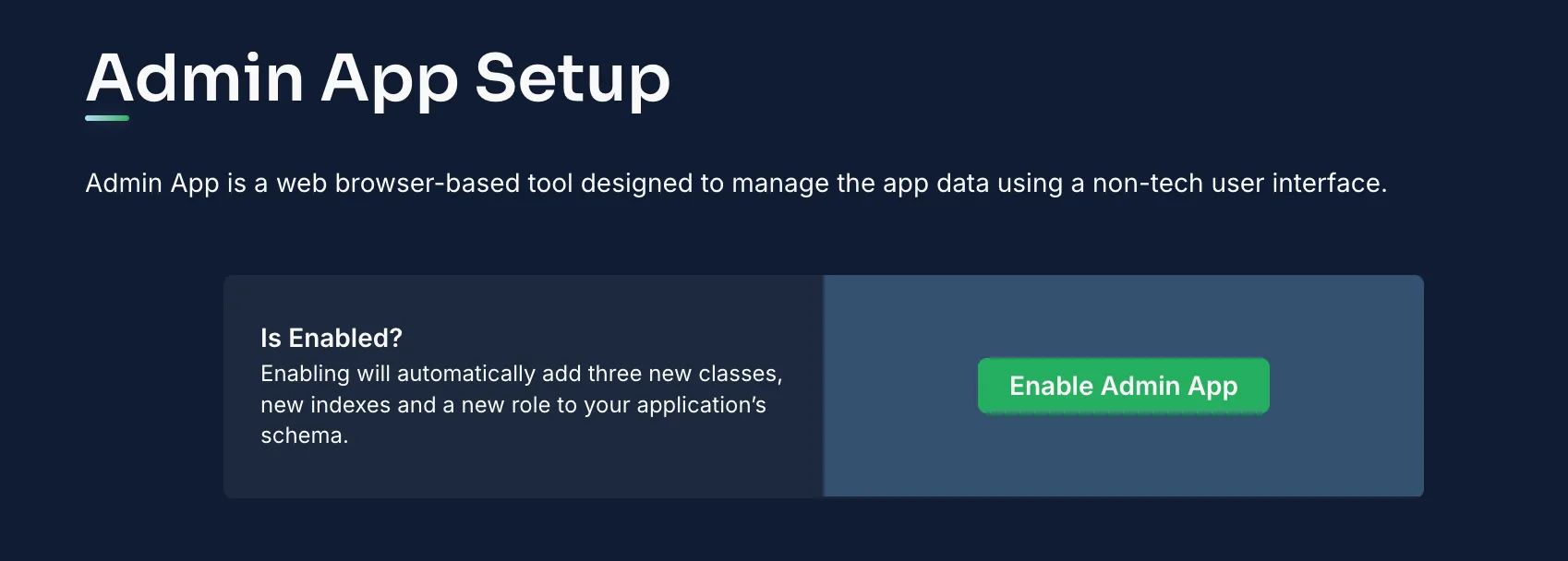
After activation, sign in to the Admin App to begin managing your collections.
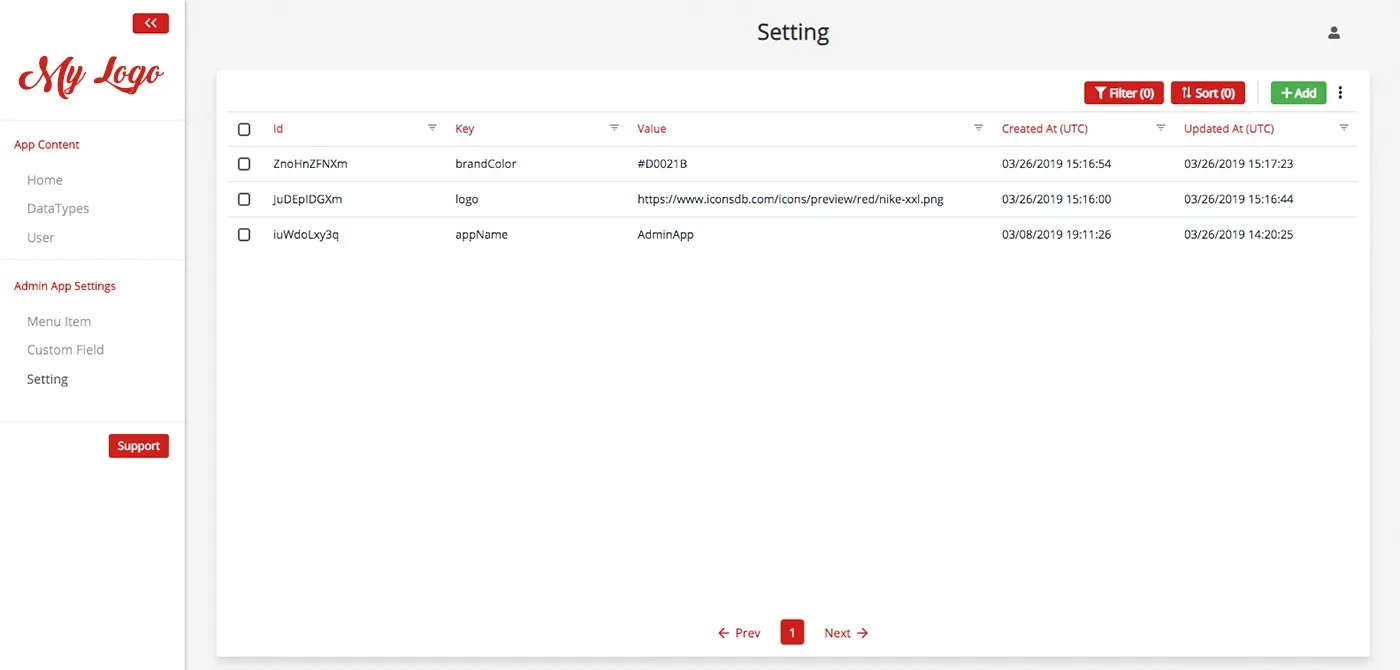
Within the Admin App, you can:
- Add Records: Click the “Add Record” button in any collection (e.g., Items) to insert new entries.
- View/Modify Records: Select an existing record to inspect details or modify fields.
- Remove Records: Utilize the delete option to discard unwanted entries.
This user-friendly interface greatly enhances the management and administration of your data.
Now that your backend is operational via Back4app, it's time to integrate your Cycle.js frontend.
We'll focus on REST API calls to interact with your backend.
Below is an example Cycle.js component that retrieves and displays items from your Back4app database using Cycle's HTTP driver.
This sample code demonstrates how to use Cycle.js to perform an HTTP GET request to fetch items and render them dynamically.
Secure your objects by defining ACLs. For example, when creating a private item:
Within the Back4app dashboard, adjust CLPs for each collection to ensure only authenticated users can access sensitive information.
Back4app utilizes a User class for authentication. Use REST API calls to manage user sign-ups and logins within your Cycle.js application.
Below is an example of handling user registration:
You can replicate similar patterns for user login and session management.
Back4app’s Web Deployment feature lets you host your Cycle.js application effortlessly via integration with your GitHub repository.
- Open your project directory in a terminal.
Run the build command:
- Confirm the Build: Ensure the build folder contains an index.html and related asset directories.
Your Git repository should include the entire Cycle.js application source. An example file structure:
Initialize a Git repository (if not already done):
Stage your files:
Commit your work:
- Create a GitHub repository (e.g., Basic-CRUD-App-CycleJS-Frontend).
Push your repository:
- Access Web Deployment: Sign in to Back4app, navigate to your project (Basic-CRUD-App-CycleJS), and select the Web Deployment feature.
- Connect to GitHub: Follow the prompts to link your GitHub account so Back4app can access your repository.
- Select the Repository and Branch: Choose your repository (e.g., Basic-CRUD-App-CycleJS-Frontend) and the branch (typically main).
- Build Command: If your repository lacks a pre-built build folder, specify a build command (e.g., npm run build).
- Output Directory: Set this to build so Back4app knows where to find the static files.
- Environment Variables: Include any necessary API keys or configuration details.
If you opt for Docker deployment, add a Dockerfile to your repository:
Select the Docker deployment option in your Web Deployment configuration if you choose to containerize your app.
- Deploy Your App: Click the Deploy button after configuring your settings.
- Monitor the Deployment: Back4app will pull your code from GitHub, build the app (if configured), and deploy it.
- Access Your Application: Once deployment is complete, Back4app will provide a URL for your live Cycle.js application.
- Visit the Deployed URL: Open the provided URL in your browser.
- Confirm Functionality: Ensure all routes and assets load properly.
- Debug if Necessary: Use browser developer tools and review Back4app deployment logs to troubleshoot any issues.
Congratulations! You have successfully built a CRUD application using Cycle.js and Back4app.
You've set up a project titled Basic-CRUD-App-CycleJS, defined your database schema for Items and Users, and managed your data via the intuitive Admin App.
Additionally, you've integrated your Cycle.js frontend with your backend using REST/GraphQL and secured your data with proper access controls.
- Expand Your Frontend: Add more advanced views, filtering, or real-time updates.
- Integrate Additional Backend Features: Consider adding Cloud Functions, third-party APIs, or role-based access control.
- Further Learning: Explore the Back4app documentation for additional insights on performance tuning and custom integrations.
With this guide, you now possess the skills to build a scalable CRUD backend for your Cycle.js application using Back4app. Happy coding!
